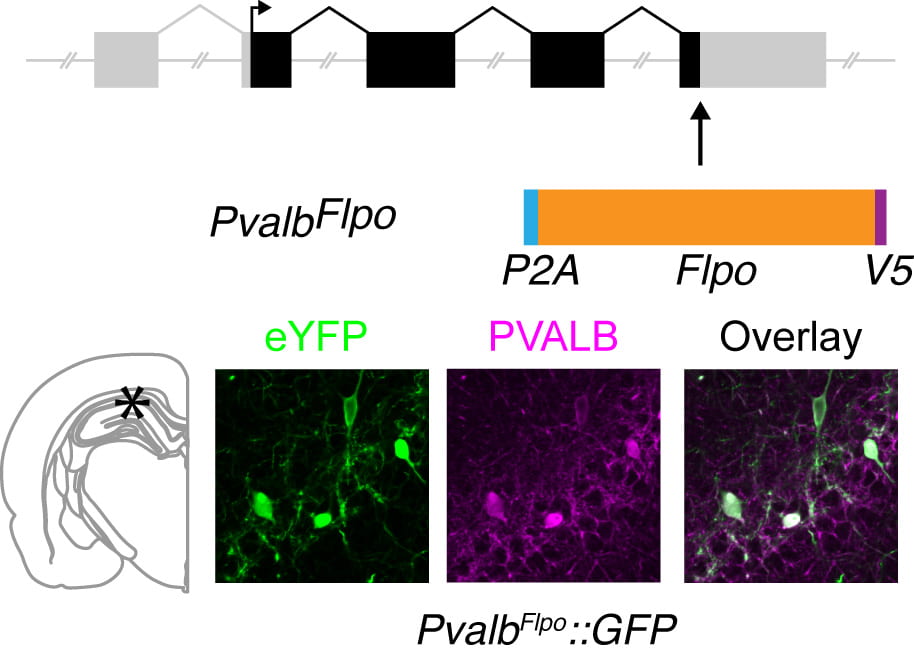How does the brain capture experiences, create memories and distill knowledge? These processes shape each individual’s life. We investigate the basis of these processes at the level of activity patterns in neural circuits. Specifically, we want to understand how coordinated activity of multiple brain regions across different time scales enables these processes.
Our approach combines large-scale microelectrode neural activity recording across multiple brain regions, ethologically inspired behavior tasks, genetic tools to manipulate neural circuit activity, and computational techniques for modeling neural data.
General versus specific neural representations

To understand how activity in different brain regions express information about specific and general aspects of experience, we performed an experiment where rats had to navigate a maze with multiple paths to find food. This setup mimics the scenario in which multiple staircases are found in a building. By using microelectrodes to record the activity of individual neurons the hippocampus and prefrontal cortex, we found contrasting activity patterns in each region. Neurons in the hippocampus, such as “place cells”, preferred to spike at specific location on individual trajectories. In the prefrontal cortex, neurons tended to spike similarly on multiple trajectories. Further, during periods of memory reactivation, when neural activity corresponding to experience are transiently reinstated, the association between specific and general representations across the two brain regions is preserved. These observations are consistent with the hippocampus expressing information representing specific aspects of experience whereas prefrontal cortex expressed more general aspects of experience.
Genetic tools for manipulating neural circuits

Each brain region contains different cell types. Tools to label and control specific neural populations are important for experiments that investigate how the population contributes to the overall function of a neural network. We created genetic tools to label molecularly defined neural populations. For example, these tools can be used to experimentally perturb the activity of a specific neural population in order to understand its contribution to the function of a local neural circuit.
 How does the brain represent the content of individual experiences with respect to their more general significance? Take, for example, memories of using staircases in your apartment building, home, or workplace. You can most likely recall unique memories of walking up a specific staircase connecting two particular floors. These individual memories do not exist in isolation but are connected to more general knowledge, such as staircases are used for traveling between floors.
How does the brain represent the content of individual experiences with respect to their more general significance? Take, for example, memories of using staircases in your apartment building, home, or workplace. You can most likely recall unique memories of walking up a specific staircase connecting two particular floors. These individual memories do not exist in isolation but are connected to more general knowledge, such as staircases are used for traveling between floors.